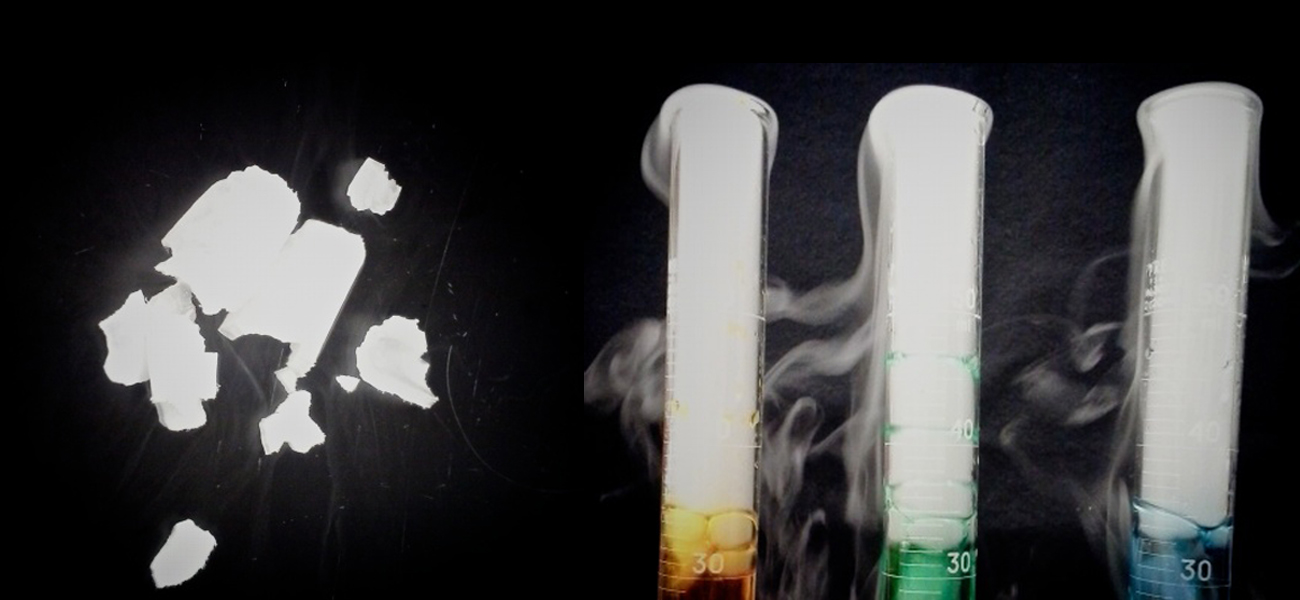Chapter 13: Properties of Liquids and Water
Enhanced Introductory College Chemistry
by Gregory Anderson; Caryn Fahey; Jackie MacDonald; Adrienne Richards; Samantha Sullivan Sauer; J.R. van Haarlem; and David Wegman;
Chapter Contents
- 13.1 Intermolecular Forces
- 13.2 Properties of Liquids
- 13.3 Phase Transitions
- 13.4 Phase Diagrams
- 13.5 Water: A Special Liquid
- Summary
- Review
Except where otherwise noted, this OER is licensed under CC BY 4.0
Please visit the web version of Enhanced Introductory College Chemistry to access the complete book, interactive activities and ancillary resources.
In this chapter, you will learn about
- The types of intermolecular forces possible between atoms/molecules and within atoms/molecules, based on their structure and makeup
- The difference between adhesive and cohesive forces, and how these forces affect viscosity, surface tension, and capillary rise
- Phase transitions and phase transition temperatures, and how intermolecular forces and kinetic energy affect these phenomena
- The processes represented by heating and cooling curves, and the enthalpy changes accompanying these processes
- The special characteristics of water, and how its structure gives it these unique properties
To better support your learning, you should be familiar with the following concepts before starting this chapter:
- The difference between a physical and a chemical property of matter
- Enthalpy, and its classification as a state function
- Atomic properties and periodic table trends
- Molecular structure, as determined by VSEPR theory, and polarity of molecular bonds

The great distances between atoms and molecules in a gaseous phase, and the corresponding absence of any significant interactions between them, allows for simple descriptions of many physical properties that are the same for all gases, regardless of their chemical identities. As described in the final module of the chapter on gases, this situation changes at high pressures and low temperatures—conditions that permit the atoms and molecules to interact to a much greater extent. In the liquid state, these interactions are of considerable strength and play an important role in determining a number of physical properties that do depend on the chemical identity of the substance. In this chapter, the nature of these interactions and their effects on various physical properties of the liquid phase will be examined.

